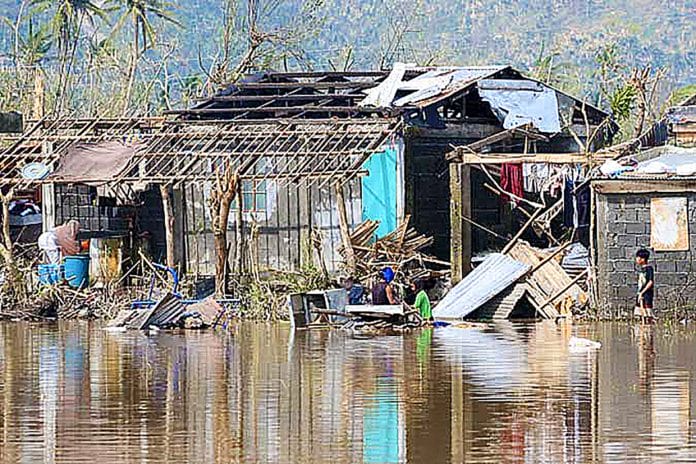As the country reels from typhoon Rolly’s devastating effects, it’s timely to examine the wisdom in designing structures for typhoon-prone places. Houses or smaller structures are more prone to destruction; I have yet to see a typhoon that can demolish a building.
Having said that, I’d say it would be wise to have a professional — an engineer or architect — check your home to determine if there is a need to have work done to improve the structure’s ability to withstand calamities like earthquakes and typhoons.
As far as typhoons and buildings are concerned, the problem is often not with the structure itself but with external forces like flying objects breaking windows or huge floods inundating lower floors. If these are not taken into consideration during the early stages of planning of the development, then damage and injuries can still happen around a well-built structure. It goes without saying that a well-done design and construction can minimize problems in case of heavy rain or strong typhoons.
There are aspects to modern construction that can minimize damage to property in the event of natural calamities. For example, in designing Miramonti, our development in Sto. Tomas Batangas, we created an elliptical shape for the building so that strong winds would go around it more easily. The aerodynamic design allows the air to flow freely without major obstruction, reducing the likelihood of damage and accidents.
In designing our green buildings, we leave plenty of open spaces all throughout — from one facade to the opposite one — to let air flow freely as well. Aside from that, the quality of construction, materials, and structural design are of supreme importance.
Safety must be taken very seriously by designers and developers, starting from the initial stage of planning. This, of course, includes the decision of where to build. As an example, Italpinas projects in Cagayan de Oro (Primavera Residences and Primavera City) are built in an area located 110 meters above sea level because, historically, flooding can be a problem in the CDO downtown area.

In designing architectural structures for typhoon- and flood-prone places like the Philippines, location is a very important consideration. Comprehensive planning starts with studying records to learn from past experiences to avoid repeating the same mistakes, like building in areas that are proven to be dangerous. It also means utilizing proper design and high-quality construction materials so that structures are not only stable and durable but also aesthetically beautiful and environmentally sustainable.
To promote environmental sustainability and building safety and increase the lifespan of buildings, the National Building Code plays a vital role. I find that the Philippine building regulations are very well thought out and do an excellent job of covering the important aspects of construction like structure, fire protection, and so on. However, I think there remain great opportunities to further enhance green building policies, which would not only improve sustainability and building safety but also further enhance overall building practices in the Philippines.
